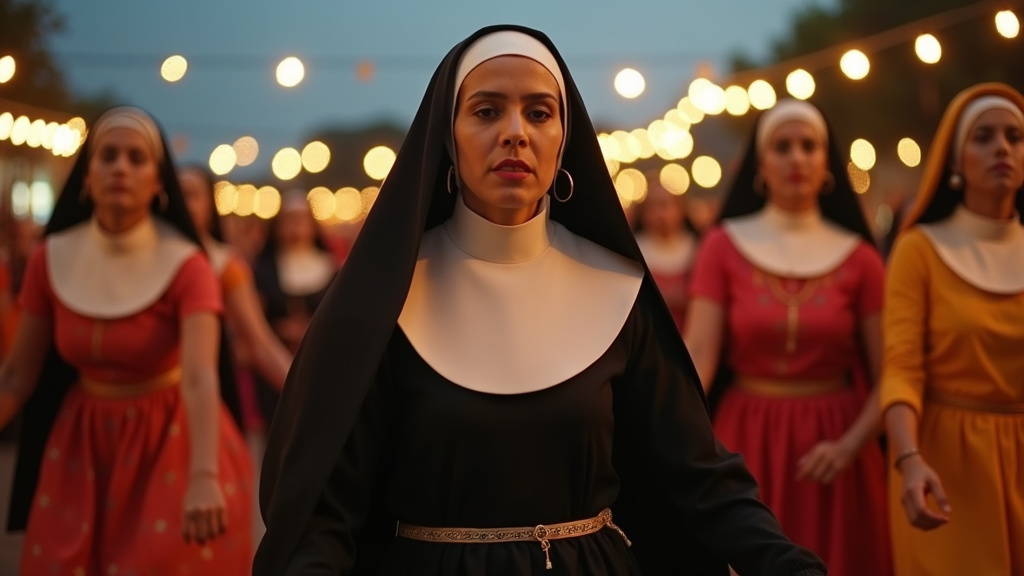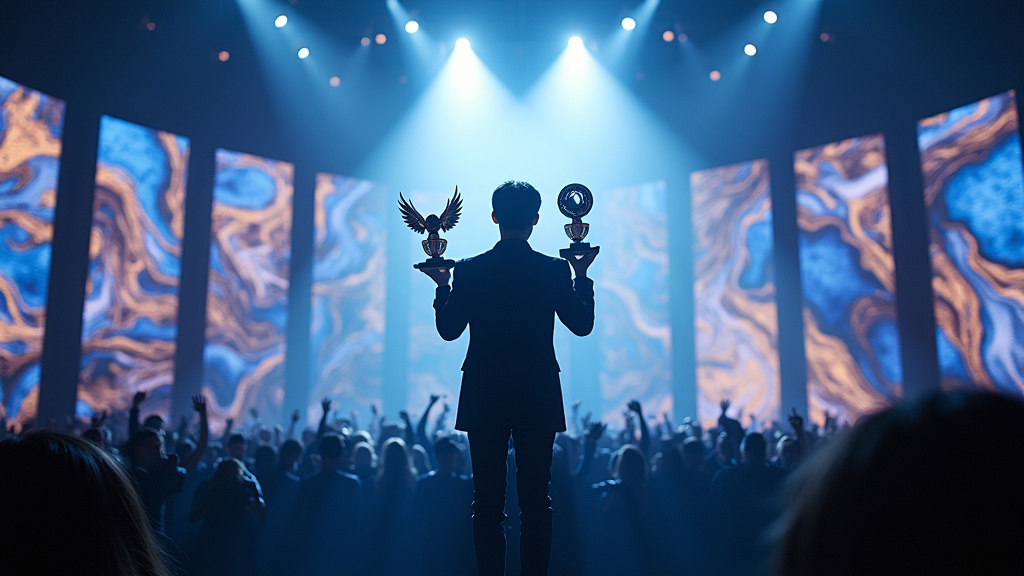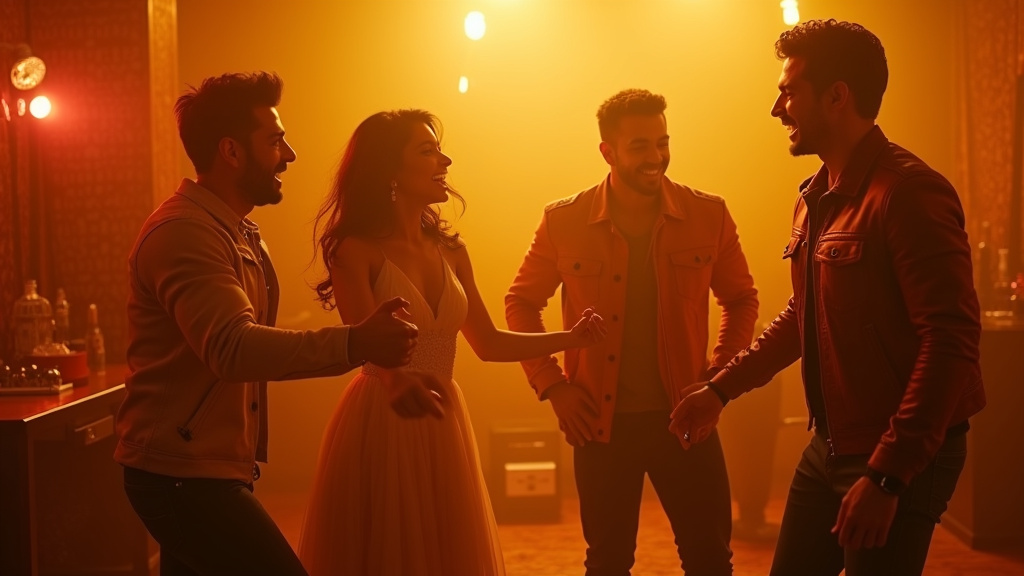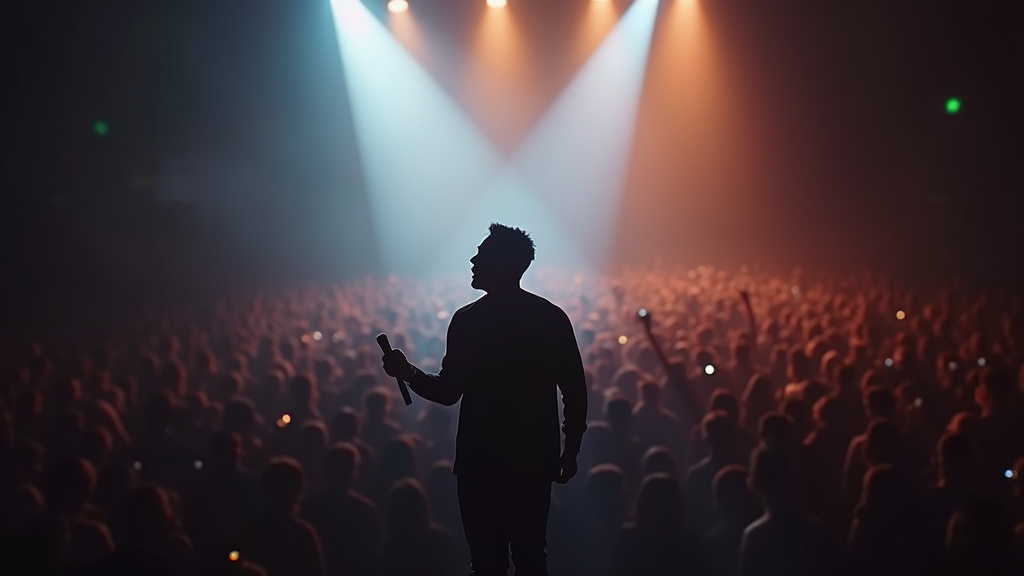A recent video originating from Bhopal has become a major trending topic across social media platforms, capturing widespread attention and igniting a fervent online debate. The clip features a woman, inexplicably dressed in a full nun’s habit, energetically participating in a dandiya (Garba) dance alongside a group of other women.
The Viral Sensation from Bhopal
The video, initially shared by local Instagram influencer Sourabh Kahar, known for documenting diverse moments across the city, quickly went viral. It has since garnered millions of views, propelling the unusual sight into the national news spotlight. In the footage, the woman in the nun’s attire is seen performing the traditional dandiya steps in sync with her companions. However, what has particularly caught the internet’s eye is her starkly serious, unsmiling expression, which contrasts sharply with the joyful demeanor of the other dancers.
A Divided Internet
The reactions to the viral video have been overwhelmingly mixed, showcasing a significant divide among netizens. Many viewers found the performance humorous and entertaining, generating a flurry of memes and light-hearted comments. Some users quipped that the woman’s stern expression was the most notable aspect, even more so than her costume. Phrases like “It’s not the costume, it’s the expressions he’s maintaining” became popular in comment sections.
However, a substantial segment of the online community expressed strong criticism, deeming the act inappropriate and disrespectful to the religious and cultural significance of Navratri and Garba. Critics argued that such a costume choice turns a sacred festival into a “fancy dress competition” and introduces “negativity” rather than the “positive energy” associated with the celebrations. Many felt that it demonstrated a lack of respect for Hindu traditions, with some questioning why such participants were allowed at the event, particularly at venues like “Abhivyakti,” which hosted the gathering.
Navratri, Dandiya, and Cultural Context
Navratri is a significant Hindu festival celebrated across India, dedicated to the worship of the goddess Durga. Garba and Dandiya Raas are vibrant folk dances performed during this period, symbolizing devotion, community, and the triumph of good over evil. Traditionally, participants wear colorful, traditional attire like chaniya cholis. The act of a woman dressed as a Catholic nun, a figure associated with a different religious order, performing these Hindu rituals has thus become a focal point of discussion regarding cultural boundaries and interfaith respect.
This incident is not entirely unprecedented, as various forms of unconventional costumes have sometimes appeared at Garba events, occasionally sparking similar debates. Reports from previous years have shown instances of dancers opting for themes inspired by horror movies, like “The Nun,” blending festive celebrations with trending pop culture elements. However, the specific context of Bhopal and the stark visual of a nun performing dandiya have amplified its reach and the intensity of the ensuing discussion.
The Ongoing Conversation
The hyped video continues to be a topic of conversation, with discussions extending beyond mere amusement to broader questions about cultural appropriation, freedom of expression during festivals, and the evolving nature of public celebrations. The incident serves as a potent reminder of how quickly content can go viral in the digital age and how such viral news can spark diverse and often passionate responses from a global audience.
As the dust settles on this particular viral news, the debate underscores the delicate balance between celebrating cultural heritage and embracing modern interpretations in public spaces.





